

About Powder Metallurgy
1. Introduction to powder metallurgy
Powder metallurgy is a process technology for producing metal powder or using metal powder (or a mixture of metal powder and non-metal powder) as raw material, forming and sintering to manufacture metal materials, composite materials and various types of products. The powder metallurgy method has similarities with the production of ceramics, and both belong to the powder sintering technology. Therefore, a series of new powder metallurgy technologies can also be used for the preparation of ceramic materials.
Powder metallurgy includes powder making and products. Among them, milling is mainly a metallurgical process, which is consistent with the literal meaning. However, powder metallurgy products often go far beyond the scope of materials and metallurgy, and are often interdisciplinary (materials and metallurgy, machinery and mechanics, etc.) technologies. In particular, modern metal powder 3D printing integrates mechanical engineering, CAD, reverse engineering technology, layered manufacturing technology, numerical control technology, material science, and laser technology, making powder metallurgy product technology a modern comprehensive technology across more disciplines.
2. Application of powder metallurgy
At present, powder metallurgy technology has been widely used in transportation, machinery, electronics, aerospace, weapons, biology, new energy, information and nuclear industries, and has become one of the most dynamic branches of new material science. Powder metallurgy technology has a series of advantages such as significant energy saving, material saving, excellent performance, high product precision and good stability, and is very suitable for mass production. In addition, some materials and complex parts that cannot be prepared by traditional casting methods and machining methods can also be manufactured by powder metallurgy technology, so they have attracted the attention of the industry.
The powder metallurgy products industry in a broad sense includes iron and stone tools, hard alloys, magnetic materials and powder metallurgy products. The powder metallurgy products industry in a narrow sense only refers to powder metallurgy products, including powder metallurgy parts (accounting for the vast majority), oil-impregnated bearings and metal injection molding products.
3. Characteristics of powder metallurgy
(1) The powder metallurgy process is carried out at a temperature lower than the melting point of the base metal, so it is possible to obtain multi-phase inhomogeneous special functional composite materials and products.
(2) Improve material performance. The fine metal or alloy powder prepared by a special method has extremely fast solidification speed and fine and uniform grains, which ensures uniform structure of the material, stable performance, and good cold and hot processing performance, and the powder particles are not affected by alloy elements and content. Limits, can increase the strengthening phase content, so as to develop new material systems.
(3) Using various forming processes, powder raw materials can be directly formed into blanks or net-shape parts with little or no margin, greatly reducing the amount of machining. Improve material utilization and reduce costs.
4. Mechanism of powder metallurgy
(1) The mechanism of suppression
Pressing is the process of compacting the powder in a mold or other container into a compact of predetermined shape and size under the action of external force. The steel mold cold forming process is shown in Figure 7.1.2. The powder is loaded into the female mold, which is pressed by upper and lower die punches. During the compression process, as the powder moves and deforms, the larger voids are filled, the oxide film on the surface of the particles is broken, and the contact area between the particles increases, which makes the attraction between the atoms and the mechanical wedging between the particles strengthened, Thus forming a compact with a certain density and strength.
(2) Isostatic pressing
The pressure acts directly on the powder body or the elastic mold sleeve, so that the powder body is evenly pressed in all directions at the same time to obtain a compact with uniform density distribution and high strength. According to its characteristics, it can be divided into two categories: cold isostatic pressing and hot isostatic pressing.
Cold isostatic pressing
That is, isostatic pressing at room temperature, and the liquid is the pressure transmission medium. Put the powder body into the elastic mold, place it in a steel body sealed container, press the liquid into the container with a high-pressure pump, and use the characteristics of the liquid to transmit pressure evenly, so that the powder body in the elastic mold is evenly pressed. Therefore, cold isostatic pressing has high density, uniformity, good mechanical properties, large size and complex shape, and has been used in the production of bars, pipes and large products.
Hot isostatic pressing
The process of putting the powder compact or the powder in a special container into the high-pressure container of the hot isostatic press, applying high temperature and high pressure, so that these powders are pressed and sintered into dense parts or materials. Isostatic pressing at high temperature can activate the occurrence of diffusion and creep phenomena, promote atomic diffusion and recrystallization of the powder, and plastic deformation at a very slow rate, and the gas is the pressure transmission medium. The powder body is subjected to the combined action of high temperature and high pressure at the same time in the isostatic high-pressure container, which strengthens the pressing and sintering process. The pressing pressure and sintering temperature of the product are lower than cold isostatic pressing, and the product has high density and strength, and Uniform, fine grains, high mechanical properties, eliminates defects and pores between particles inside the material, and the shape and size are not limited. But the hot isostatic press is expensive and requires a lot of investment. Hot isostatic pressing has been used in the production of powdered high-speed steel, refractory metals, high-temperature alloys and cermets.
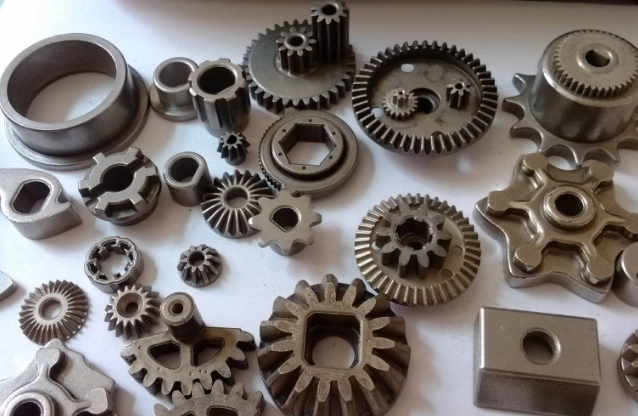
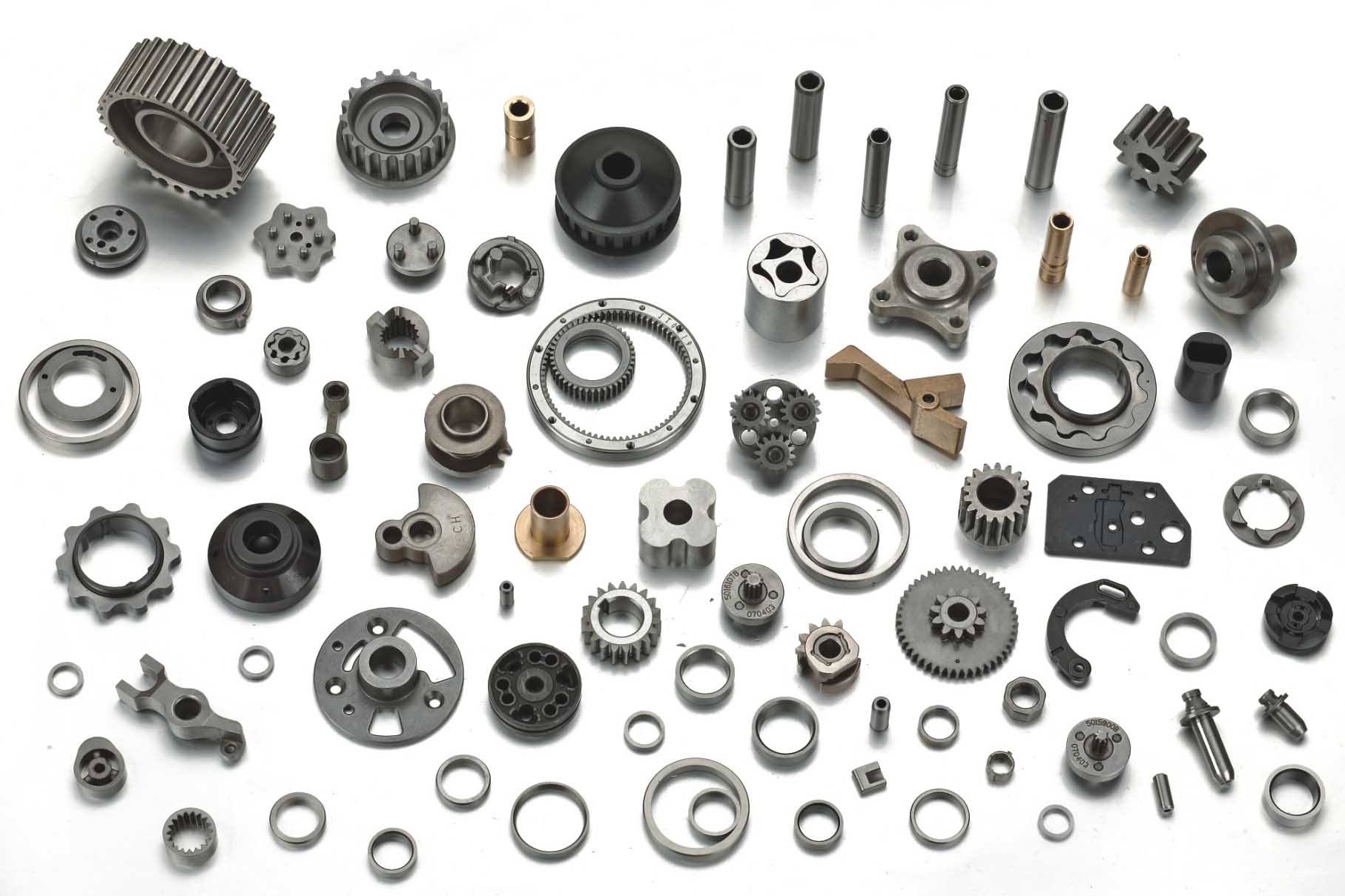
Jiangsu High Industry focuses on the research and production of isostatic pressing moulds, customizes various dry bag and cold isostatic pressing moulds, adapts to different models of various manufacturers at home and abroad, and deeply understands the needs of various industries. Alloy, graphite and other industries provide high-performance isostatic pressing mold rubber sleeves.
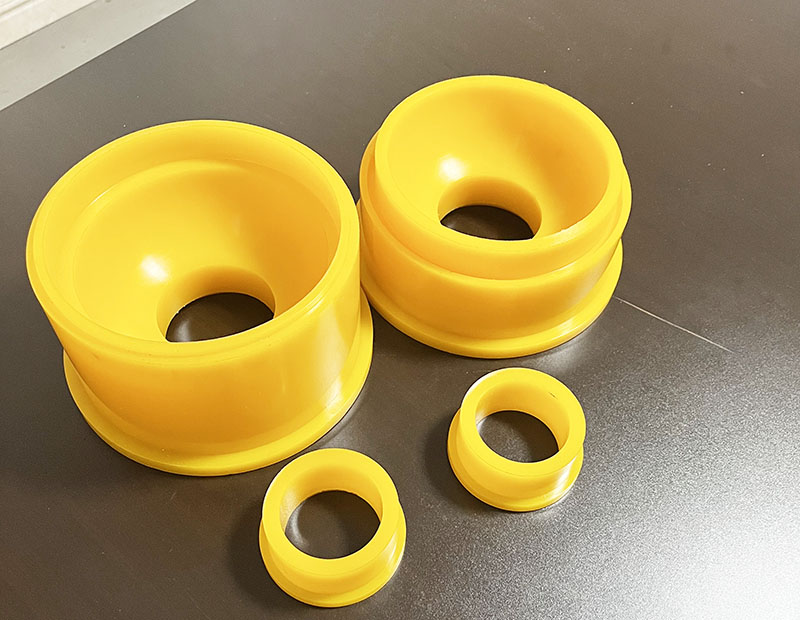
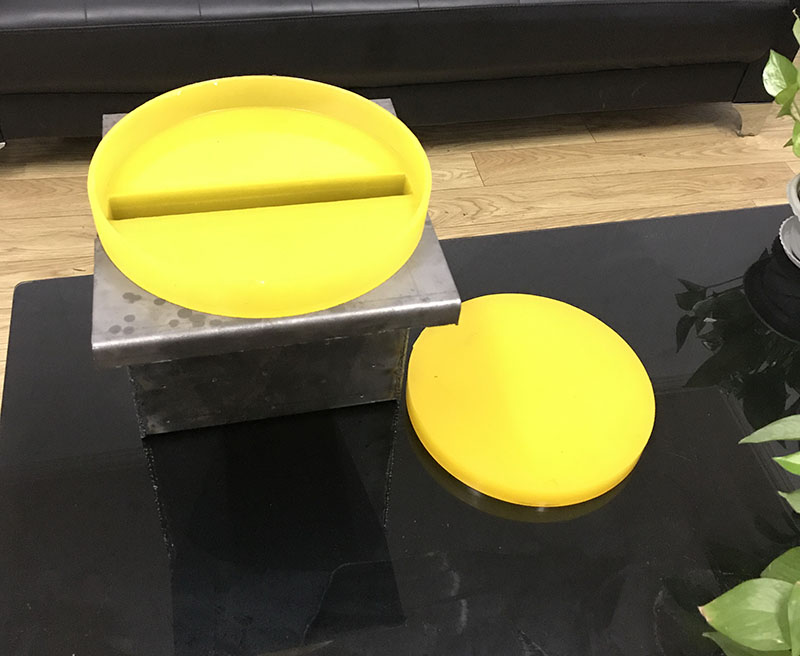
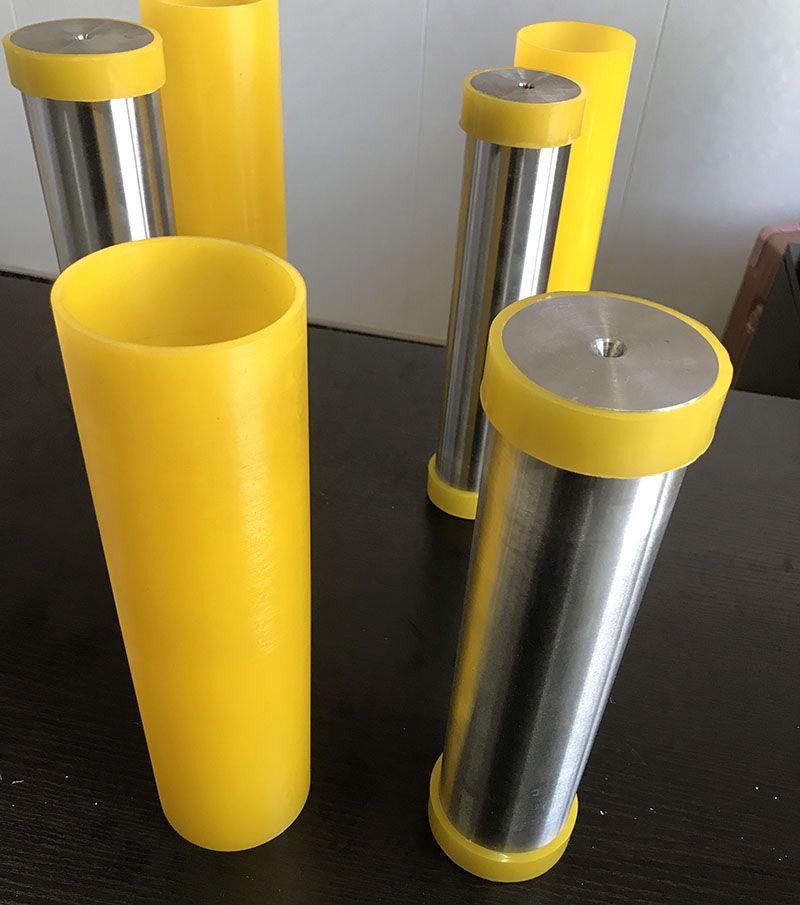
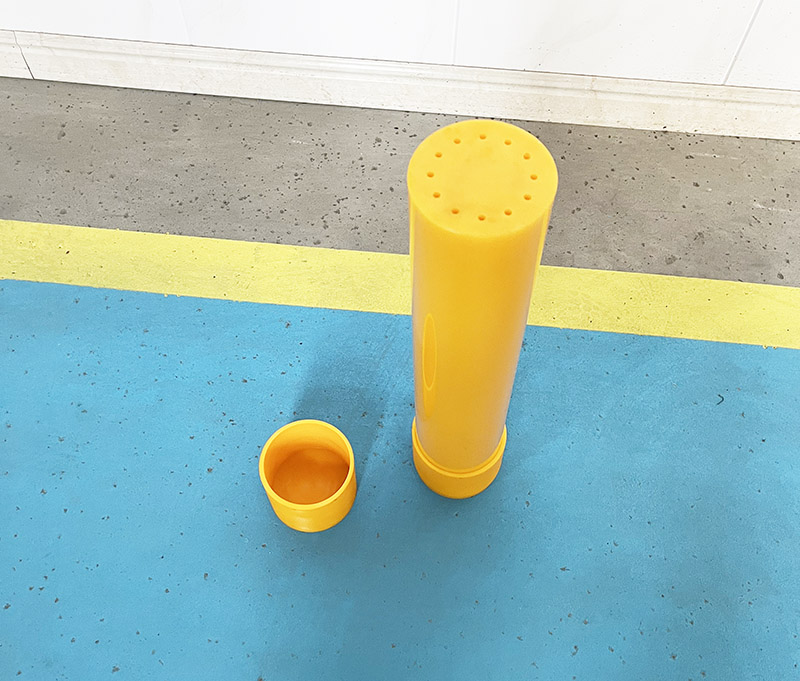
We support all kinds of customization, if you need it, please contact us.
Phone/whatsapp:+86 18234744811
Email:sales@highindustryco.com